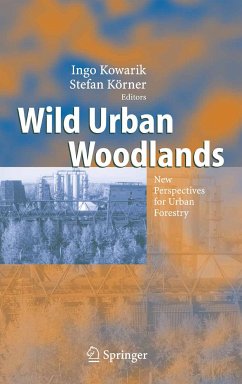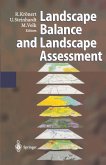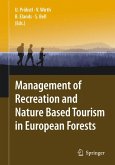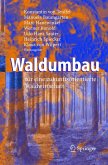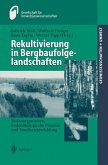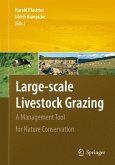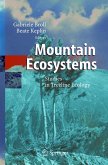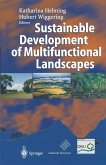This book provides a first overview of the phemonemon of post-industrial urban wilderness: urban landscapes once shaped by heavy industry that are being re-colonized naturally by forests. These new types of urban woodlands are often overlooked by ecologists, foresters and planners. Individual chapters consider urban woodlands from the perspectives of ecology, environmental sociology, forestry, nature conservation and landscape architecture.
Dieser Download kann aus rechtlichen Gründen nur mit Rechnungsadresse in A, B, BG, CY, CZ, D, DK, EW, E, FIN, F, GR, HR, H, IRL, I, LT, L, LR, M, NL, PL, P, R, S, SLO, SK ausgeliefert werden.

